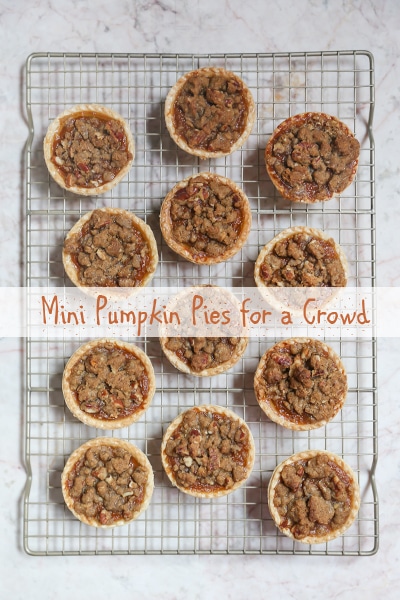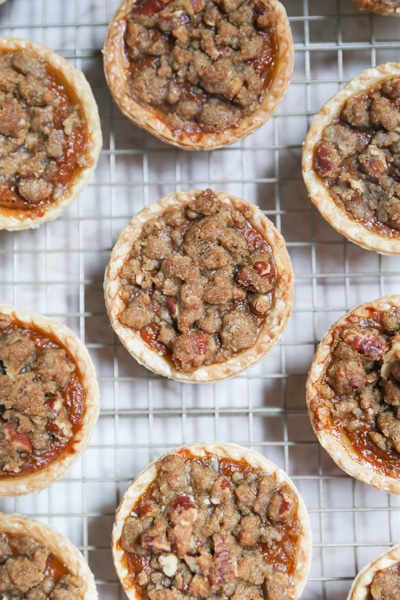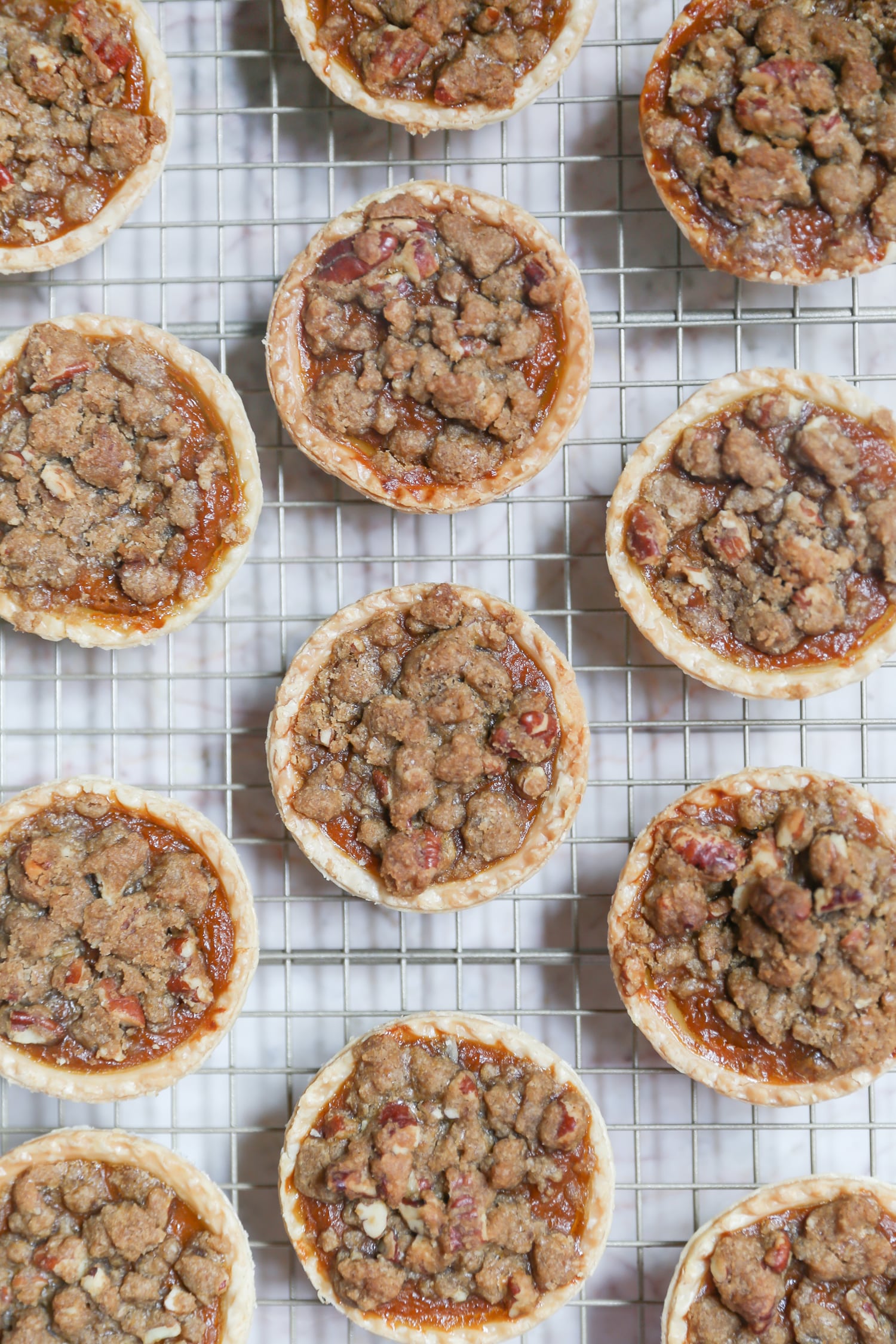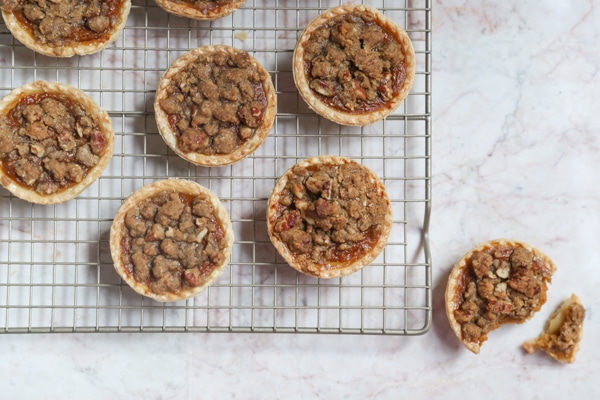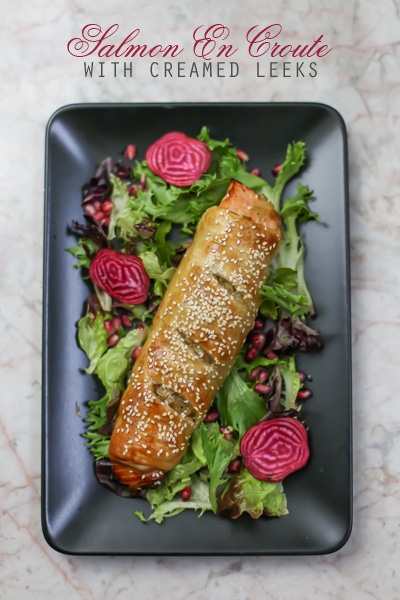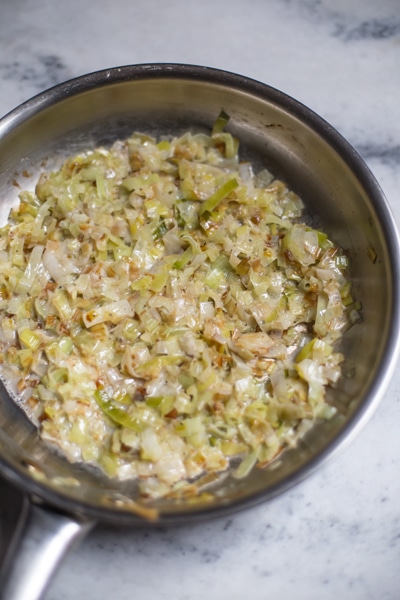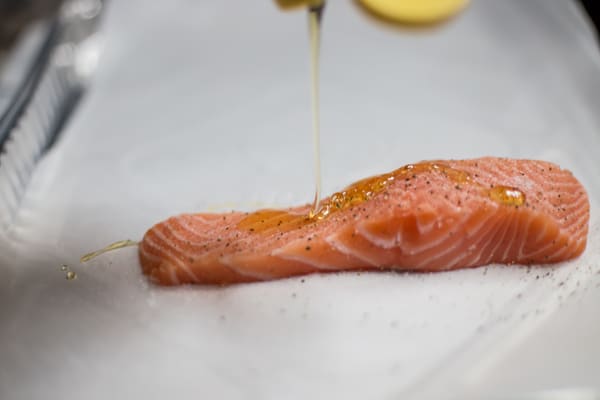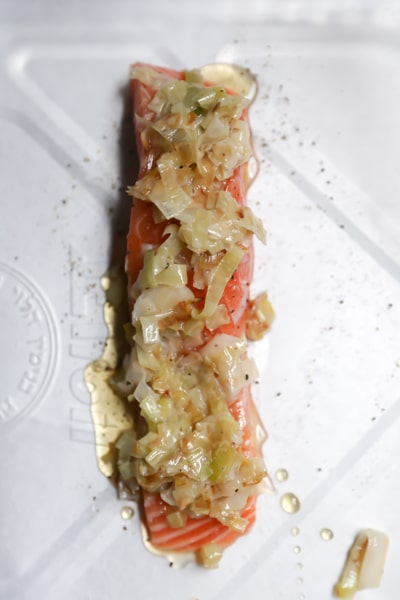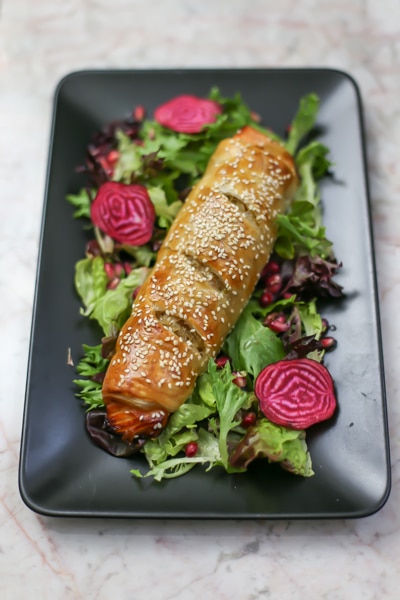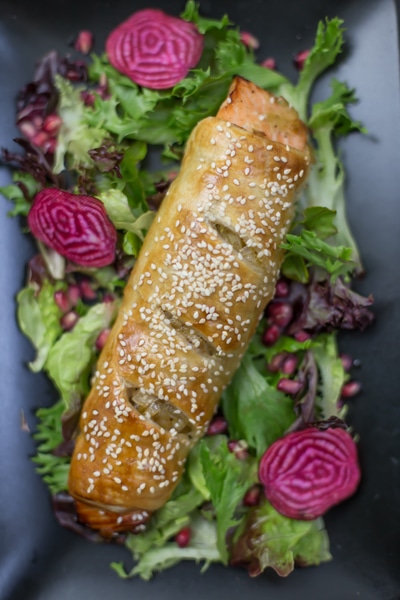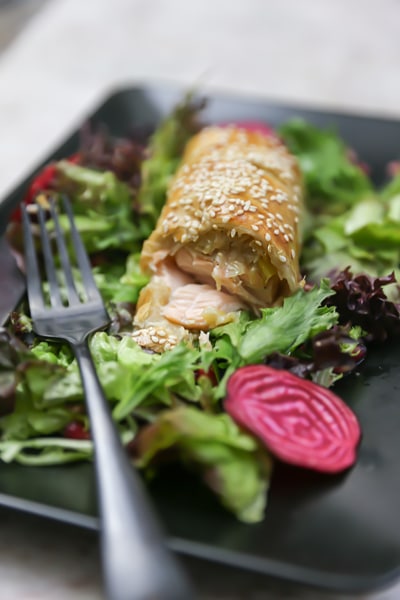
If you’ve been following me for a while, you probably know just how much I love to cook with the seasons. When fruits and vegetables are at their peak, they tend to taste much better and cost much less. It also helps with menu planning because you can scale down the ingredients that you want to incorporate into your menu.
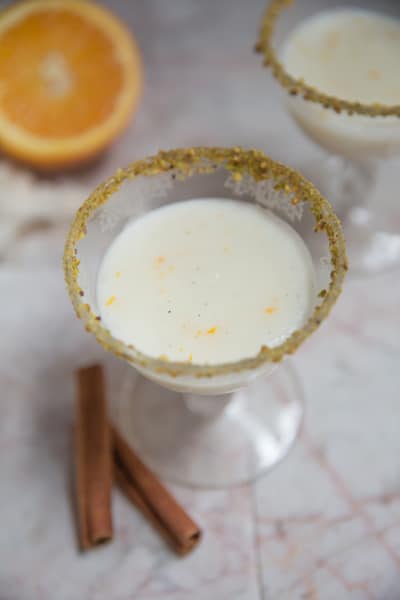
Late summer/Early fall would have to be my favorite of all the seasons, mostly because of the figs. You still get to enjoy the late summer harvest of corn and tomatoes, but you also get to go apple picking with your family, and enjoy the early signs of pomegranates and pumpkins. I love incorporating all the warm autumn flavors of nutmeg and cloves into my food – it’s like wrapping yourself in a warm blanket, especially under the Sukkah, where you get to enjoy that evening chill without having to bundle up.
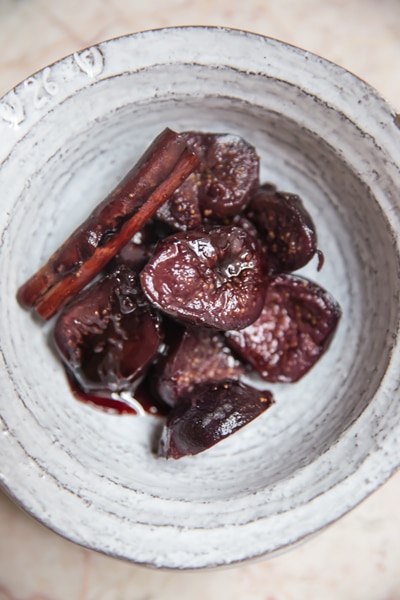
Sukkot is a great time to experiment with warm spices and seasonal produce and one of the ways I do that is to poach fruits in spiced wine. Poached pears are a classic, but I’ve also done cherries, cranberries, apricots, and of course, just plain old mulled wine, which is one of my favorite drinks of all time. Adding warm spices like cinnamon, cloves, and allspice, along with orange zest and peppercorns, gives the wine a deep, rich flavor, not to mention that the smell is intoxicating.
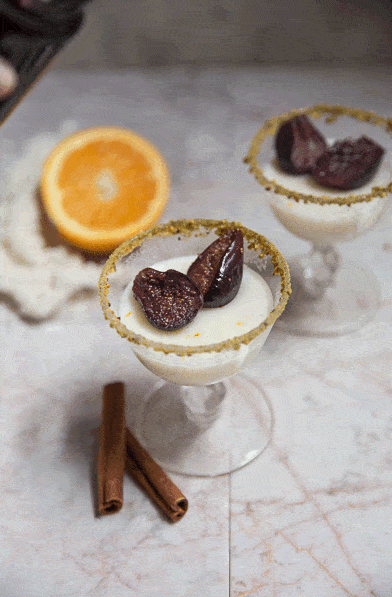
Speaking of wines, I’ve never been much of a wine drinker, but recently, we’ve started getting more into it. It’s really fun to try new wines and note the characteristics of the different grapes and how they are aged. We’re even looking into getting a wine cooler, which are surprisingly more affordable than you might think. P.C. Richard & Son has a great selection here, and it looks like they are running a birthday sale so it’s a great time to take advantage.
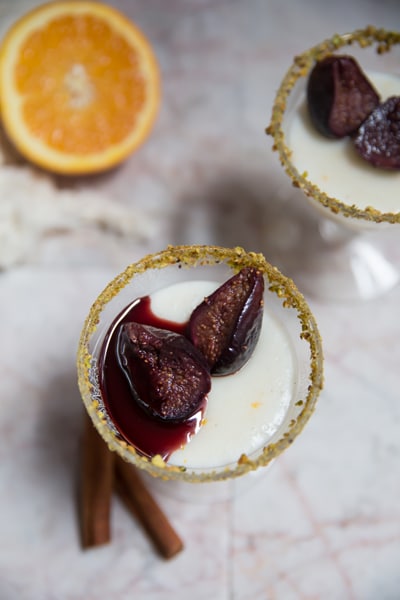
I was reading up on why wine fridges are important over on The Kitchn, and it looks like storing my wine collection in my hot kitchen cabinet is a bad idea. So I’m thinking this seriously affordable free standing cooler might be a nice Sukkot gift for the hubby this year! And I wouldn’t complain at all if he decided to buy me something in turn from this collection of outdoor furniture to spruce up my Sukkah, especially this low-cost fire pit (can you imagine drinking mulled wine around that?!).
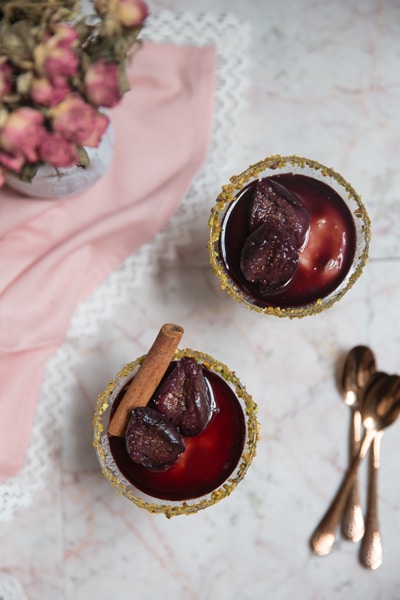
Now if you’re not familiar with this dessert, malabi is a Middle Eastern rosewater pudding that’s traditionally served with pomegranate syrup. The pudding is always finished with some chopped pistachios, and shredded coconut and it’s a decadent, yet light, dessert that’s the perfect finish to a holiday meal.
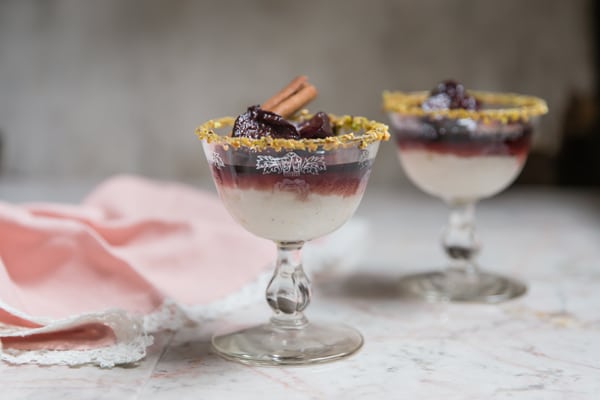
I’m a huge fan of malabi’s cousin, sachlav, which is basically the unset version of malabi – a pudding that you drink hot instead of cold. Malabi is great to make in advance, because it holds well in the refrigerator. The flavor of the orange and cardamom is so refreshing, and it can be served on it’s own, with some pomegranate seeds, pistachios and shredded coconut, or you can go all out and make the drunken figs for a gorgeous dish that’s worthy of your Sukkah.
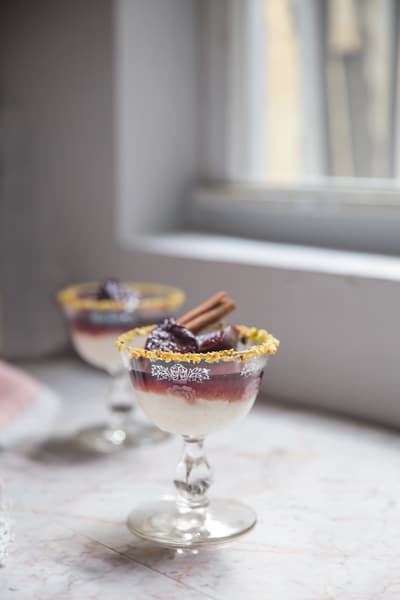
I love figs in all shapes and sizes – every variety – raw, cooked or jammed. This beautiful crimson version is poached in red wine with warm spices, and the wine is then reduced into a luscious syrup. The drunken figs can be served over pound cake, ice cream or yogurt, along with a drizzle of the red wine syrup. Whether you choose to serve it with the malabi, or over another dessert, your guests will be wowed!
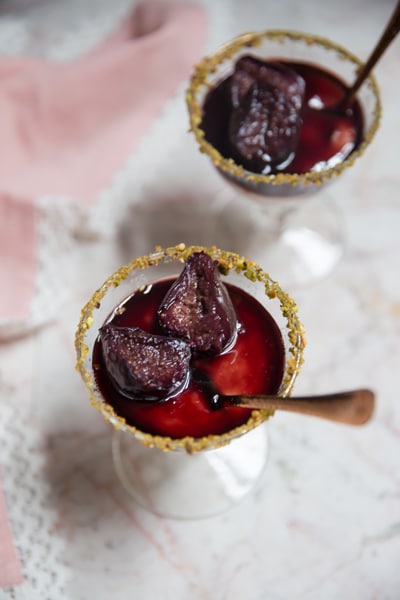
Wishing you and yours a Chag Sameach!
Orange Cardamom Malabi with Drunken Figs
inspired by the coconut malabi with grapefruit curd by kitchen-tested
For the pudding:
2 14oz. cans full fat coconut milk (I prefer Roland)
2/3 cup sugar
1 tsp orange zest
1/2 tsp ground cardamom
1/4 cup cornstarch
1/4 cup water
pinch of sea salt
chopped pistachios and shredded coconut, optional, for serving
In a saucepan, bring the coconut milk, sugar, orange zest, cardamom and sea salt up to a simmer and stir to dissolve the sugar. In a small bowl, combine the cornstarch and water. Pour the cornstarch mixture slowly into the coconut milk, whisking continuously as you pour. Continue to whisk the mixture until thickened into a pudding. Pour into serving glasses and set aside to cool. Refrigerate until ready to serve.
OPTIONAL: to decorate the rims of your serving glasses (this must be done before filling with pudding), finely chop pistachios in a food processor. In a small pot, melt a bit of honey with a little bit of water. Dip the rims of your serving glasses into the honey syrup and then into the chopped pistachios.
For the drunken figs:
3 cups dry red wine (I used Malbec)
1/2 cup honey
1 cinnamon stick
2 allspice berries
5 black peppercorns
3 cloves
2 strips of orange zest
juice of 1 orange
8oz. black mission figs, stem removed and cut in half
Method:In a saucepan, combine the wine, honey and aromatics. Bring the mixture to a simmer and stir to dissolve the honey. Add the figs. Simmer for 10 minutes, or until figs are soft but still hold their shape. Remove the figs with a slotted spoon and return the wine to a boil. Simmer until the wine reduces down to a syrup, and coats the back of a spoon (it will thicken further once it cools). Pour the syrup through a fine mesh sieve to remove the aromatics and store in a glass jar. Refrigerate until ready to serve.
Before serving, place a few figs in each glass and drizzle with red wine syrup. Top with chopped pistachios and shredded coconut, if desired.
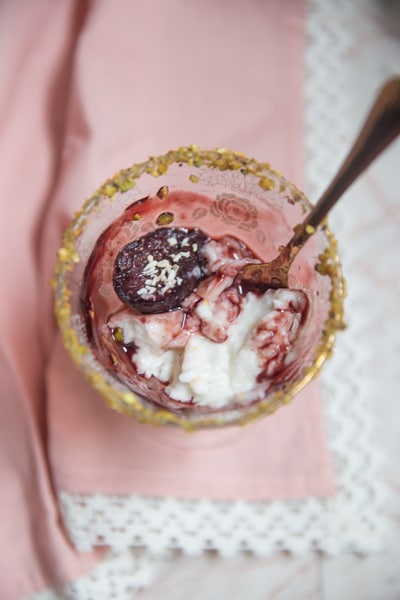 This post is sponsored by P.C. Richard & Son. All opinions are my own.
This post is sponsored by P.C. Richard & Son. All opinions are my own.
Related Recipes:
sachlav rosewater pudding
mulled wine
halva and ricotta stuffed figs
cherries in red wine syrup
Post a Comment
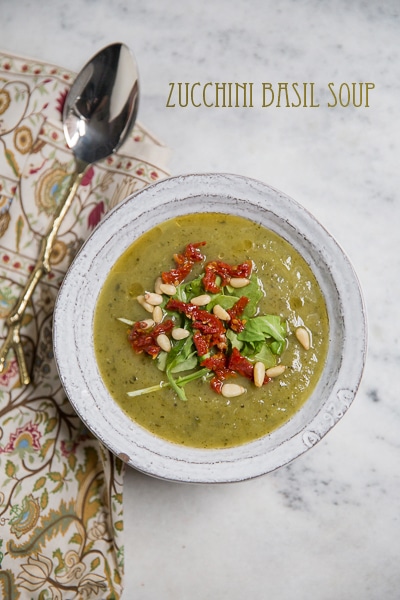
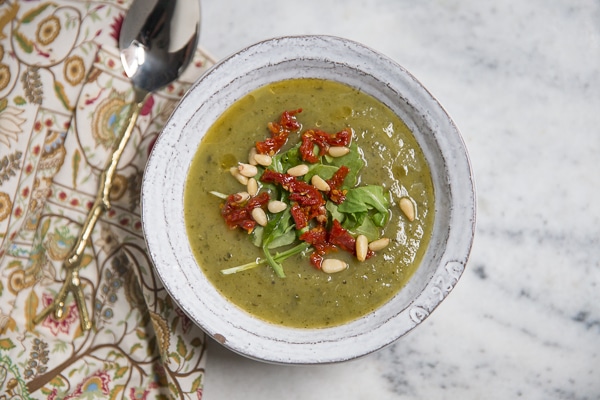
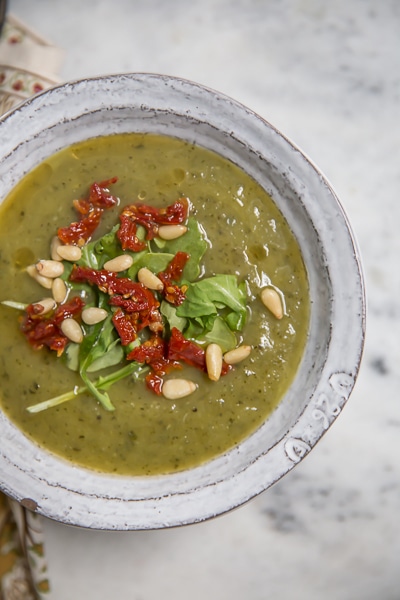
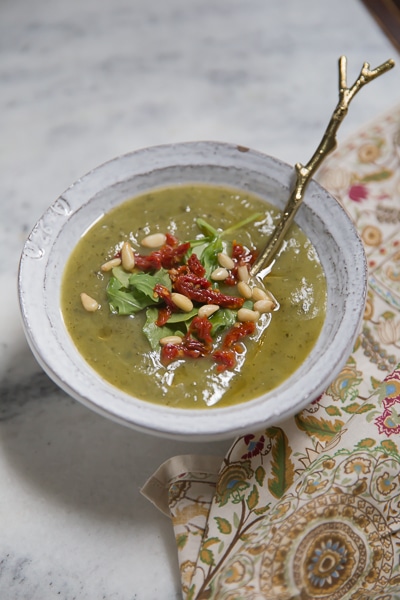

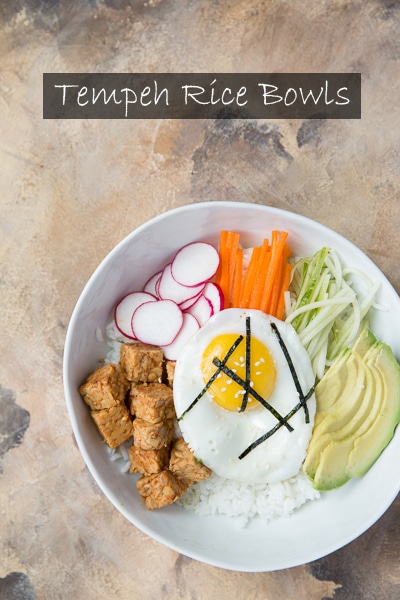
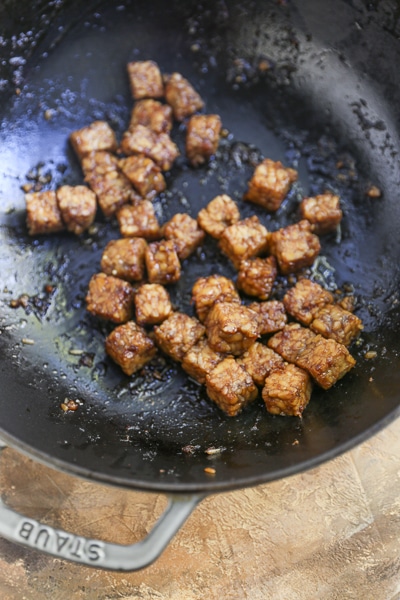
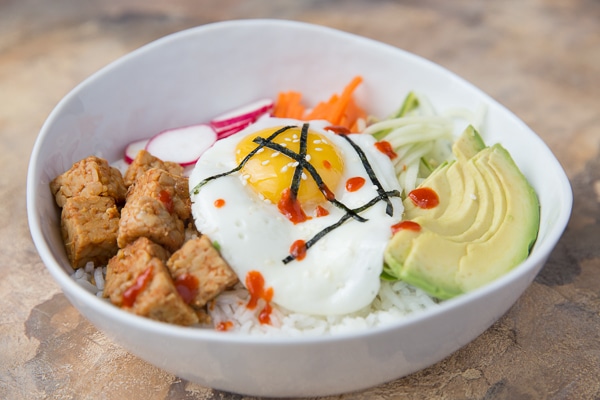
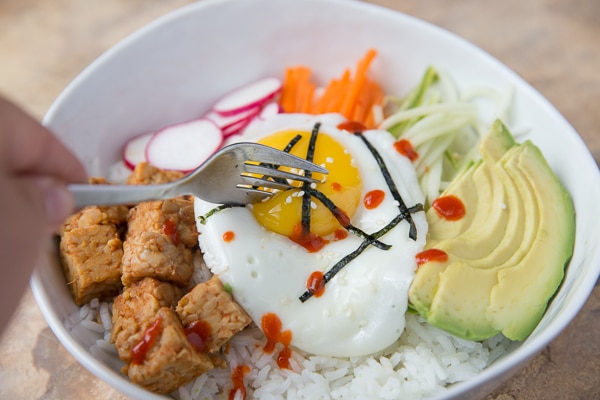
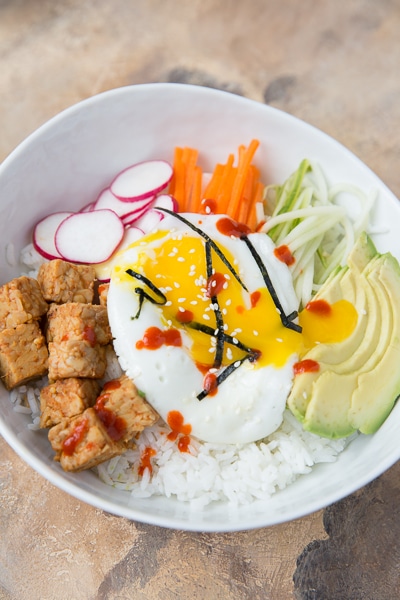
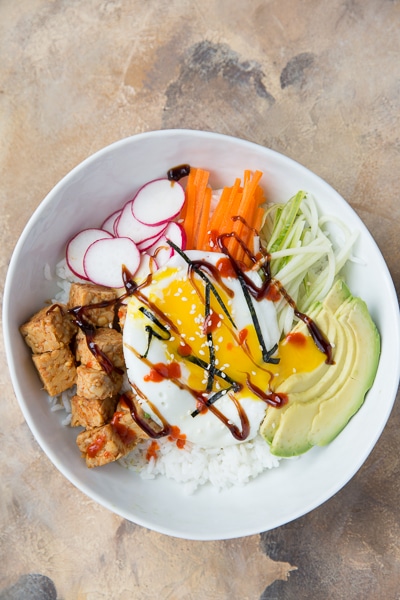
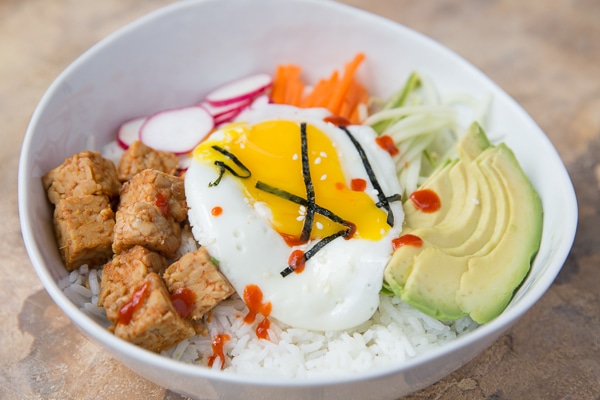









 This post is sponsored by
This post is sponsored by 